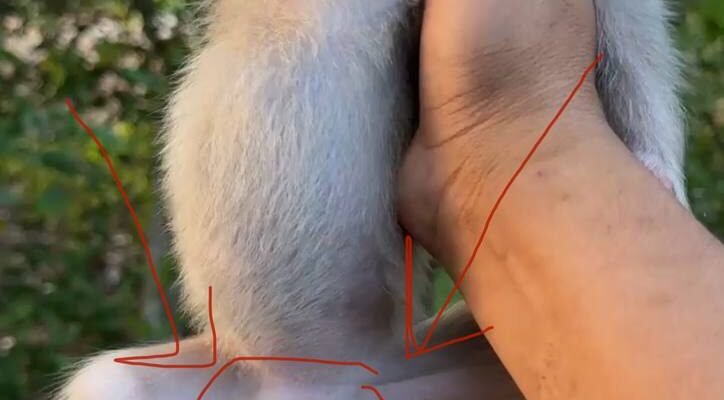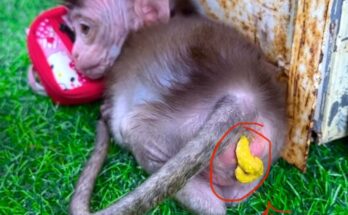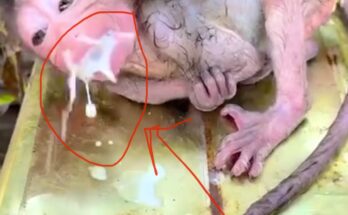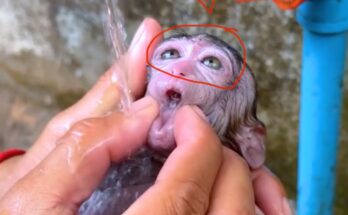Genital warts, scientifically known as condylomata acuminata, are typically associated with human infections caused by certain strains of the human papillomavirus (HPV). However, similar wart-like lesions have also been observed in non-human primates, including monkeys, particularly in captive populations. While relatively rare and less studied, genital warts in monkeys present an important concern for zoologists, veterinarians, and researchers involved in primate health and welfare.
What Causes Genital Warts in Monkeys?
In monkeys, genital warts are often linked to papillomavirus infections, which are species-specific variants similar to those affecting humans. These viruses can be transmitted through direct contact, particularly during mating or social grooming. In captive environments such as research facilities and zoos, where close contact is frequent and hygiene protocols may vary, the risk of transmission increases.
Sexual maturity and hormonal changes can make some monkeys more susceptible to infection, particularly females. Immunocompromised individuals or those under stress are also at higher risk. Interestingly, some studies suggest that papillomavirus infections in primates may not always lead to visible warts, and asymptomatic carriers can unknowingly spread the virus.
Recognizing Symptoms
The appearance of genital warts in monkeys can vary in size and number. They typically present as small, raised, flesh-colored or pinkish lesions in the genital or anal regions. In some cases, the warts may become large, cauliflower-shaped clusters, which can interfere with mating, movement, or cause secondary infections.
Symptoms to watch for include:
- Bumps or lumps in the genital area
- Redness or irritation
- Excessive grooming or scratching
- Changes in behavior or mating habits
- Signs of discomfort when sitting or walking
Veterinary inspection and histopathological analysis (biopsy) are essential to confirm diagnosis and differentiate from other skin conditions, such as herpesvirus lesions or bacterial infections.
Treatment Options
Treating genital warts in monkeys involves a combination of medical intervention, behavioral monitoring, and environmental management.
- Topical Treatments: In early or mild cases, topical applications like salicylic acid or antiviral creams may help reduce wart size. However, application must be done under anesthesia or sedation due to the sensitive nature of the area and the risk of self-harm.
- Surgical Removal: For larger or persistent warts, surgical excision or laser therapy may be necessary. This is usually done under full anesthesia and followed by antibiotics to prevent infection.
- Immune Support: Strengthening the immune system through nutritional support, stress reduction, and regular health checks can help in controlling outbreaks.
- Isolation and Monitoring: Infected monkeys may need temporary isolation to prevent virus spread, particularly in breeding or densely housed environments.
Future Research and Prevention
Due to the limited data on papillomavirus in non-human primates, further research is needed to understand transmission dynamics, long-term effects, and potential vaccine development. Preventive measures in captive environments, including routine health screenings and controlled mating practices, play a critical role in minimizing outbreaks.
Conclusion
Genital warts in monkeys, while not commonly discussed, are a real concern in primate health management. Early detection, targeted treatment, and environmental controls are key to ensuring the health and welfare of affected animals. As our understanding of viral diseases in primates grows, so too will our ability to treat and prevent such conditions effectively.



